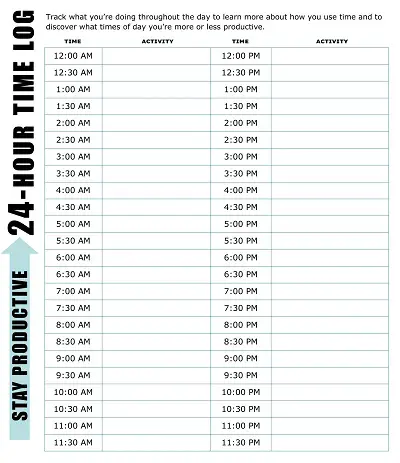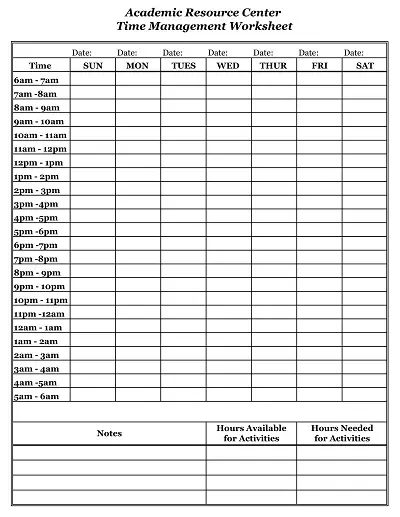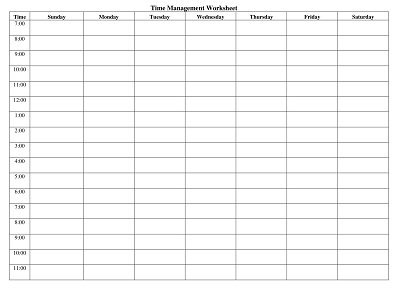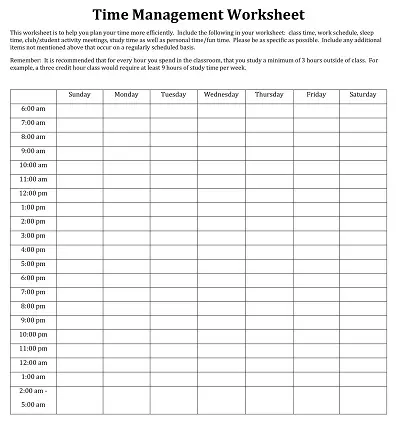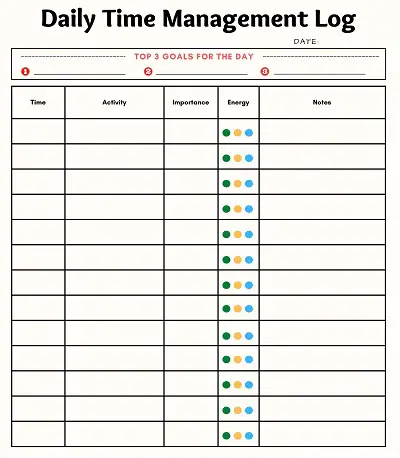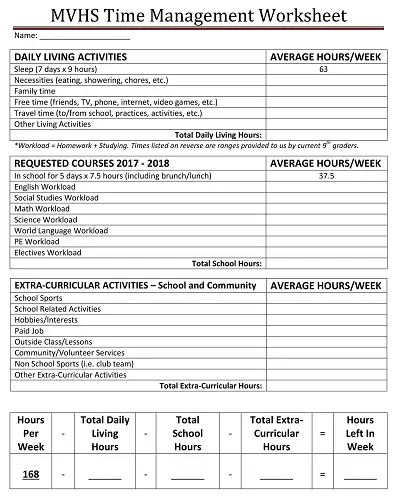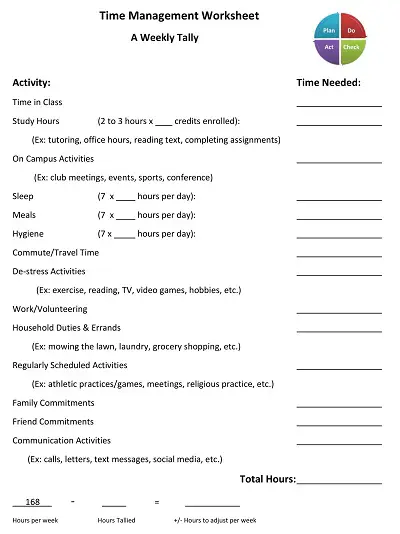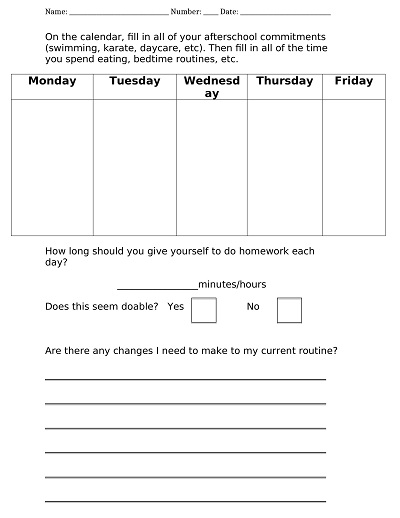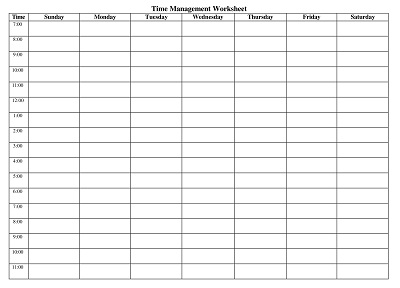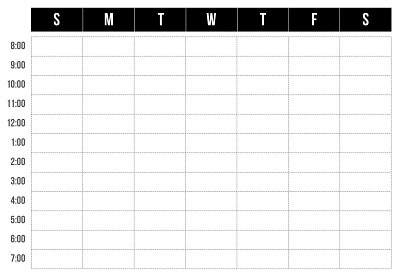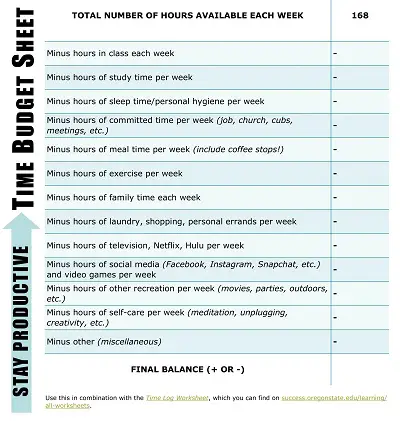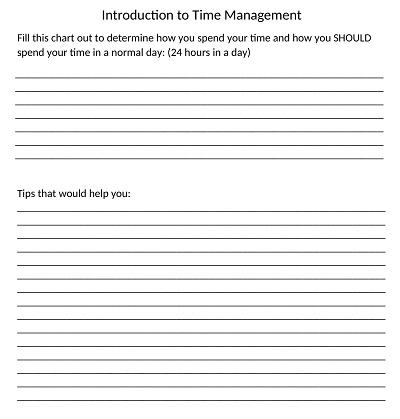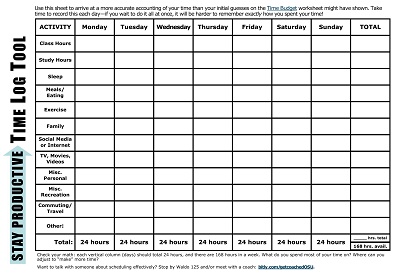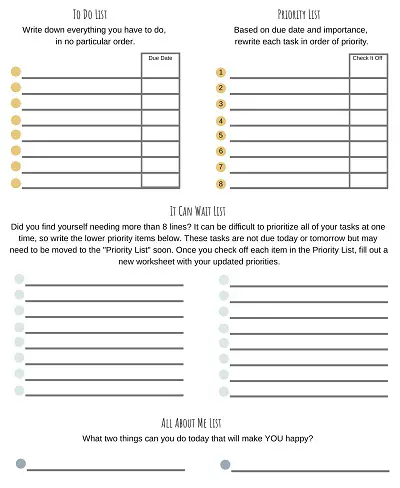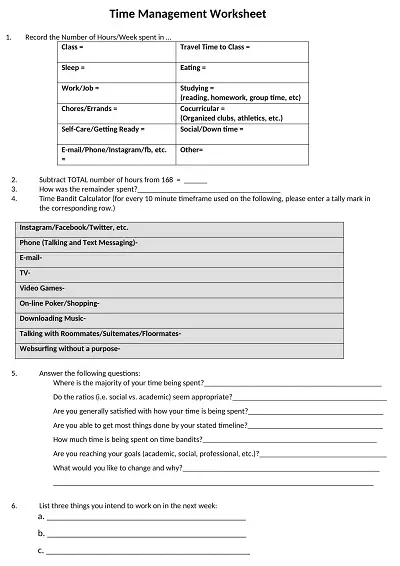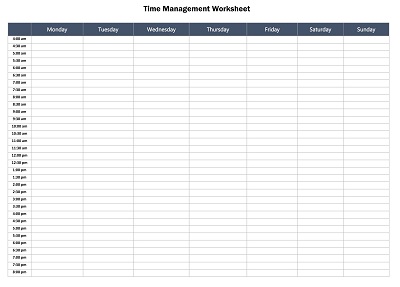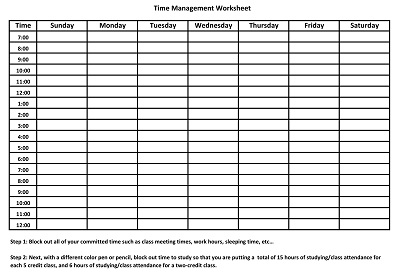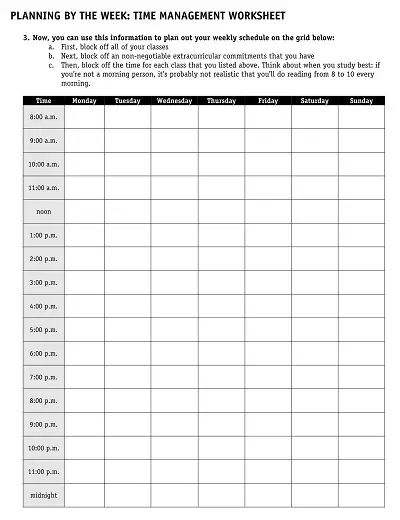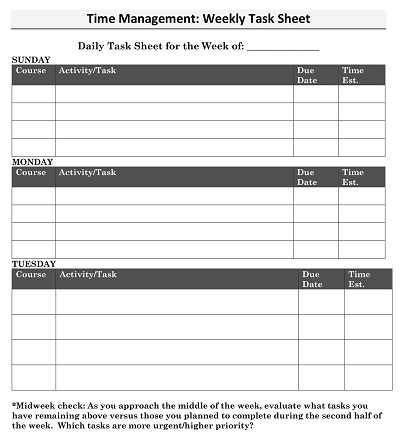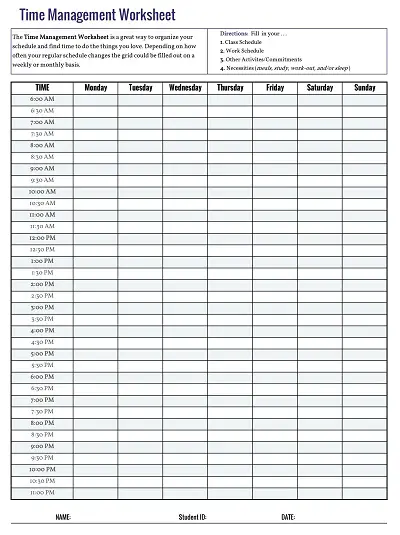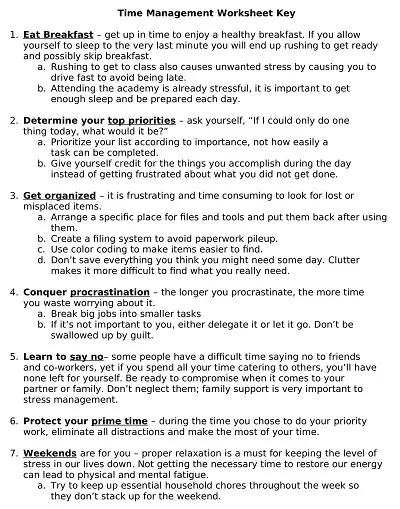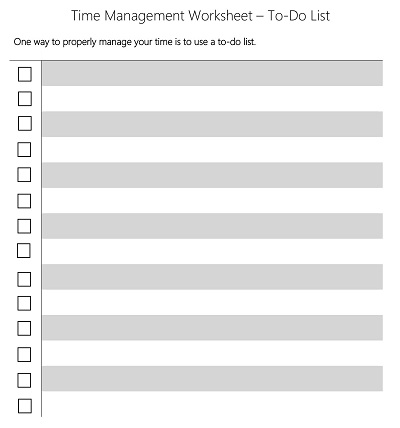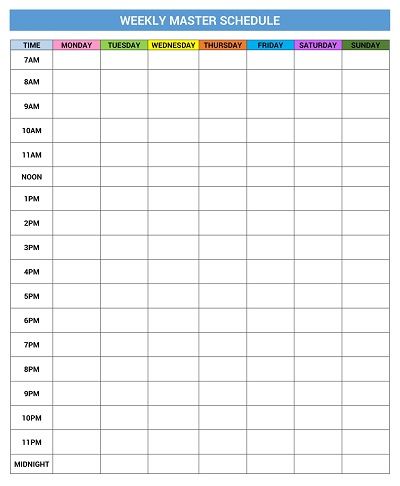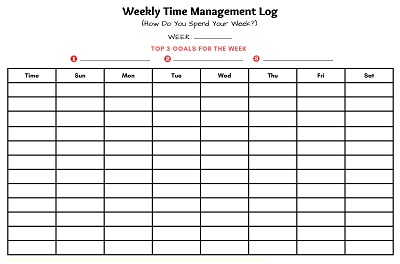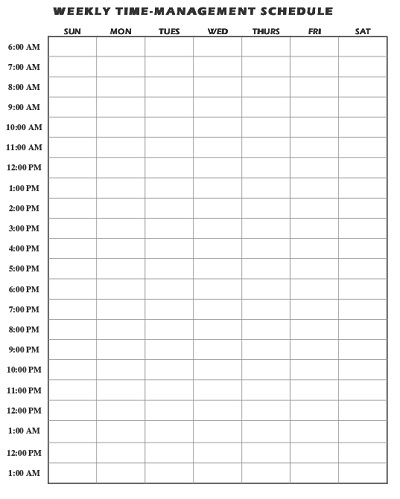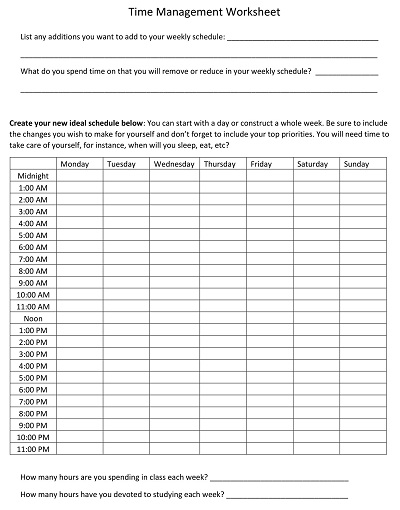32+ Free Time Management Worksheet Templates For Students & Employees
Using a time management worksheet template can be an effective way to organize and prioritize tasks. It is an invaluable tool that can help you stay on track, achieve goals, and make the most of your day by breaking them down into smaller pieces. By taking the time to chart out your plans in this way, you’re able to visualize your schedule and become more self-aware of how you’re spending your time and what activities are most important.
Table of Contents
As a result, it’s easier to focus on the tasks that need attention, which helps create realistic expectations for yourself. Beyond the obvious benefits of remembering deadlines and avoiding forgetting important appointments or tasks, creating a time management worksheet is also about creating accountability for yourself so that you can reach success more quickly and easily.
Download Free Time Management Worksheet Templates
What Is a Time Management Worksheet?
A time management worksheet is an important tool for increasing productivity and organization. It helps to track an individual’s activities, prioritize tasks, and organize the day. Filling out the worksheet with the necessary information can be used to map out daily goals, organize meetings, and ensure that every task is completed on time. When used properly, it can also help identify areas where there is room for improvement or areas that require extra attention. Additionally, due to its convenience and ease of use, a time management worksheet can be incorporated into any type of lifestyle to increase productivity.
Benefits of Using a Time Management Worksheet
Taking the time to use a time management worksheet is an investment in yourself that pays off in spades. Not only can it help you plan your activities, but it can also help you set appropriate priorities for each action item on your list. By looking at each task’s associated deadline, importance, and resources available, you can rest assured that nothing falls through the cracks.
Furthermore, having an easily visible outline makes it easier to focus on tackling tasks calendar week by week without allowing anything to slip too far past due. On top of this, planning with a time management worksheet prevents you from ever overcommitting or neglecting one area of your life for another leading to a more balanced approach. In short, using a worksheet for managing time will increase productivity in both short and long-term success.
Tips for Using Your Time Management Worksheet Effectively
Using a time management worksheet can be an invaluable way to ensure that you are being productive and using your time wisely. To get the most out of this tool, be sure to set realistic goals. Don’t try to overfill each day. Instead, focus on an achievable number of tasks that you can realistically complete.
Additionally, mark down any deadlines or important dates in the calendar section so you don’t forget about them. Once the creation is complete, review your worksheet twice a day to assess how close you are to meeting your goals and whether adjustments need to be made. Following these tips will help ensure that you maximize the time you have available and ensure successful project completion.
How to Prioritize Your Tasks and Activities
Keeping on top of your tasks and activities can often be daunting, but prioritizing is key to managing your time efficiently. To begin with, it’s important to make a list of the commitments you need to accomplish. Once that is done, sort them into categories such as urgent/important, not-urgent/important, and low-priority tasks. Then look at each task one by one and decide which should be begun first based on its relative importance.
A great way to ensure you don’t let smaller tasks fall through the cracks is to pair up more significant activities with lower-priority ones. Lastly, set specific deadlines to stay on track and motivated. Following these steps will help you prioritize better so that you can remain organized and productive.
Tracking Your Progress and Adjusting Your Worksheet as Needed
Keeping tabs on your progress and adjusting a worksheet accordingly is key to achieving any goal. The worksheets help you stay organized and help monitor where you’re at in terms of accomplishing what you set out to do, tracking your progress helps you make the necessary tweaks and adjustments needed to achieve the desired result.
If something isn’t going according to plan, don’t be afraid to re-evaluate and make changes that ensure success. Utilizing a worksheet keeps goals tangible as there is a direct visual representation of your actions, and this way, it’s easier for you to identify areas that may require an adjustment. Keeping track of such progress puts one on the path toward success.
How to Create Your Time Management Worksheet Template
A time management worksheet is an invaluable tool that can help you organize your day, week, and month in a way that maximizes your productivity. With a well-designed template, you can easily stay on top of tasks and deadlines while still leaving room for rest. Here are some steps for creating your time management worksheet template.
Gathering Your Data
The first step in creating your time management worksheet template is gathering the necessary data. This includes information about any meetings or appointments, daily tasks, and long-term projects or goals. You should also consider the amount of time needed for each task and the frequency with which these tasks must be completed (daily, weekly, monthly). Once you have all this information together, you’re ready to start designing your template.
Designing Your Template
When it comes to designing your template, there are several factors to consider. First, decide if you want to use a spreadsheet format or a chart format for organizing your data. Spreadsheets are great for tracking specific tasks or goals over time while charts are useful for quickly visualizing how much time is allocated to each task or goal per day/week/month. You should also determine what type of data will be included in your template (i.e., due dates, and priority levels). Once you have decided on these basic design elements, you can move on to creating the actual template itself.
Creating Your Template
Now that you have gathered all the necessary data and determined the basic design elements of your template, it’s time to get down to business and create it. Depending on whether you chose a spreadsheet format or chart format for organizing your data, there are many software programs available (such as Microsoft Excel) that can help make this process easier. You may also want to consider using online tools such as Trello or Asana for managing complex projects that require collaboration with multiple people. Finally, don’t forget to add some personal touches such as color coding or icons, these small details can make all the difference when it comes to staying organized.

